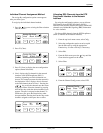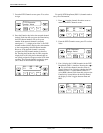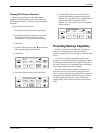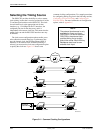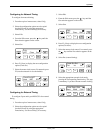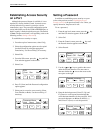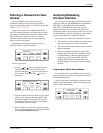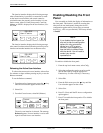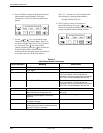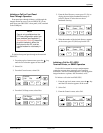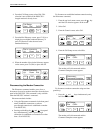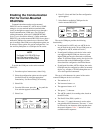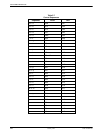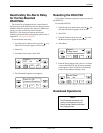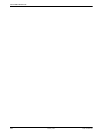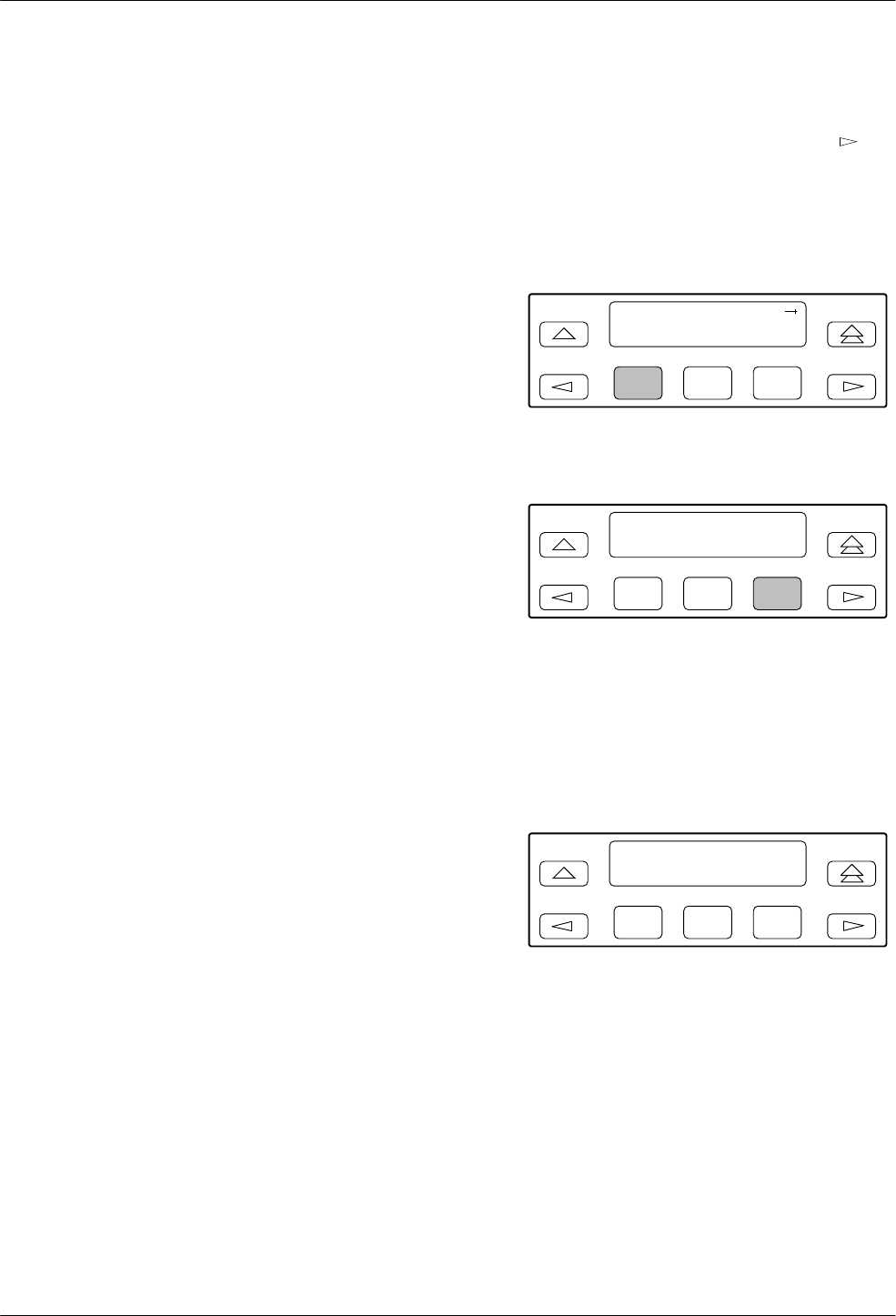
Operation
3-373160-A2-GB21-50 January 1997
Using the Integral Modem in
Standalone DSU/CSUs
The standalone DSU/CSU’s integral modem enables
your DSU/CSU to communicate with remote devices to
display alarm messages or to function as the user
interface. The carrier-mounted DSU/CSU does not
have an integral modem.
The Call command, available from the Control branch
of the menu tree, provides the following functions to
initiate and terminate modem connections:
• Pass – Initiates a call through the integral modem
to access a far-end DSU/CSU’s front panel from
your DSU/CSU’s front panel (or PC attached to the
COM port).
• Dial – Initiates a call through the integral modem to
a printer, ASCII terminal, or PC. Sets up a
semipermanent connection to route alarm messages
to the specified destination.
• Disconnect – Disconnects an active modem
connection.
• Change Directory – Allows entry of phone
numbers into the internal phone directories.
For additional information, refer to the User Interface
Configuration Options section in Appendix C.
Entering Numbers in the Phone Directories
The DSU/CSU has five general directories
(1 through 5) and one alarm directory (A). Use the general
directories to store phone numbers for remote devices
such as standalone DSU/CSUs and ASCII printers. Use
the alarm directory to store the phone number of the
primary ASCII terminal or printer you use to display or
print alarms. This function is not available for
carrier-mounted DSU/CSUs because the integral modem
is not available for carrier-mounted DSU/CSUs.
To enter or change numbers in the phone directories,
1. From the top-level menu screen, press the
key
until the Ctrl selection appears on the screen.
2. Select Ctrl.
3. From the Control screen, select Call.
F1
Control:
Call Rel LED
F2
F3
4. From the Call Setup screen, select ChDir.
F1
Call Setup:
Pass Dial ChDir
F2
F3
The Directory 1 displays first, along with its
phone number if one has been entered.
5. Press F1 (Next) to display the next directory (2, in
this case). Press F2 (Previous) to display the
previous directory (A, in this case). Directories
appear in order, 1 through 5 and then A.
F1
1: xxxxxxxxxxxxxxxxx
Next Prev Edit
F2
F3



